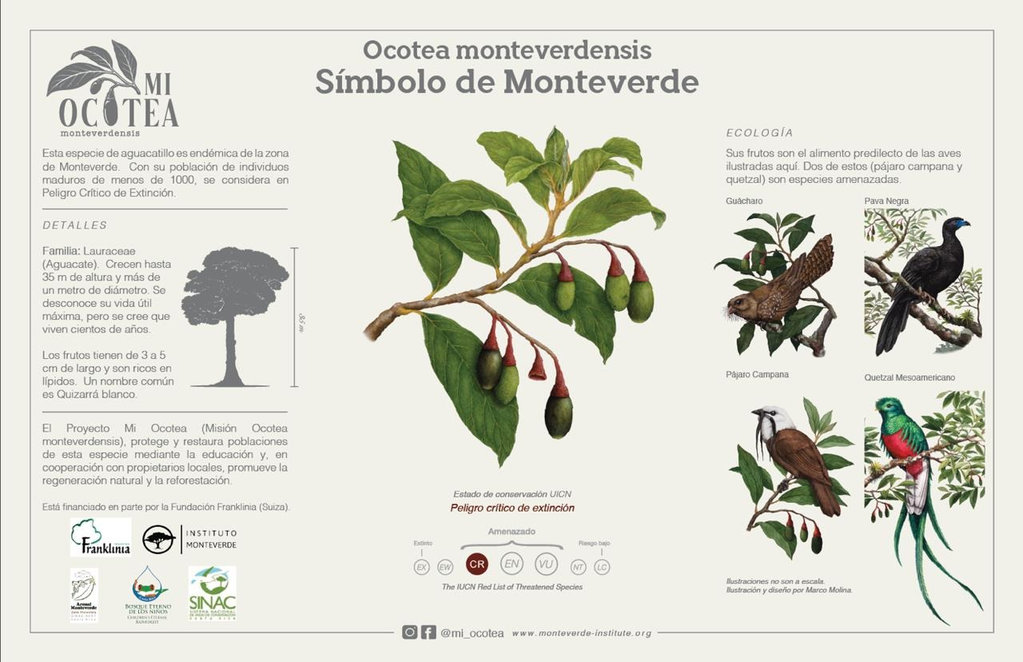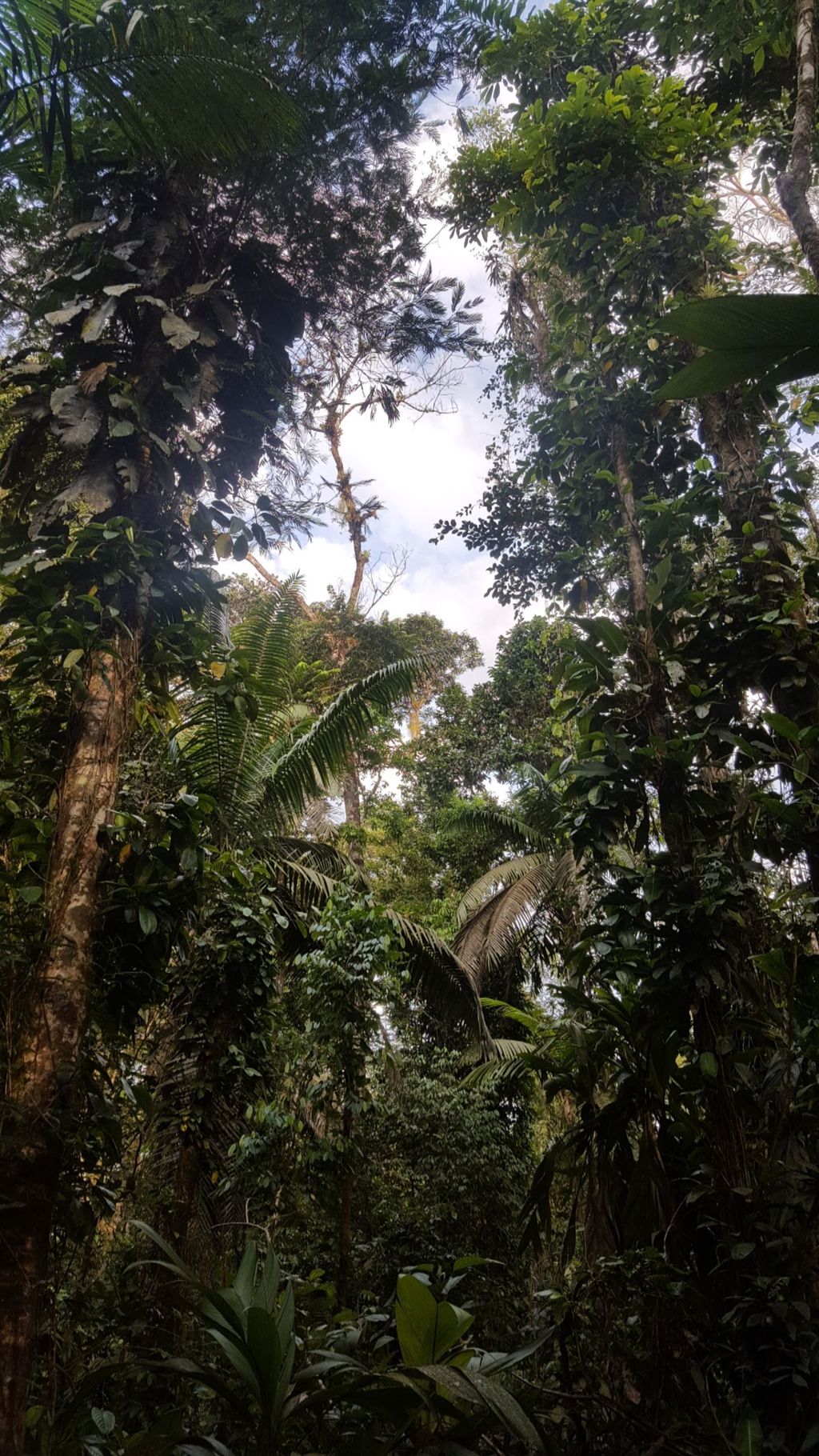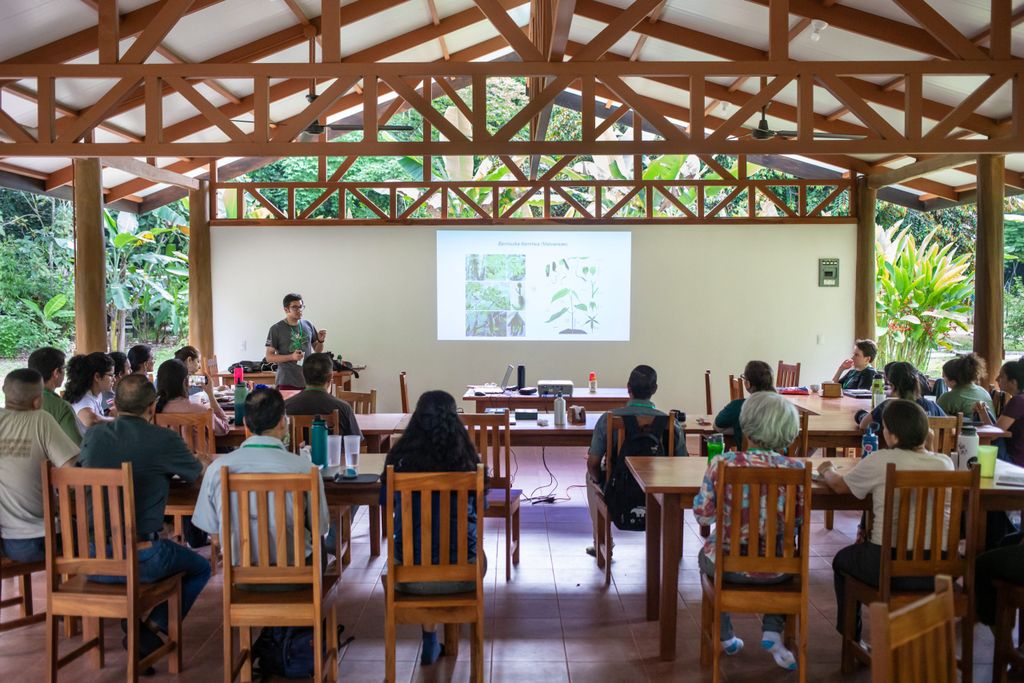Global Tree Assessment
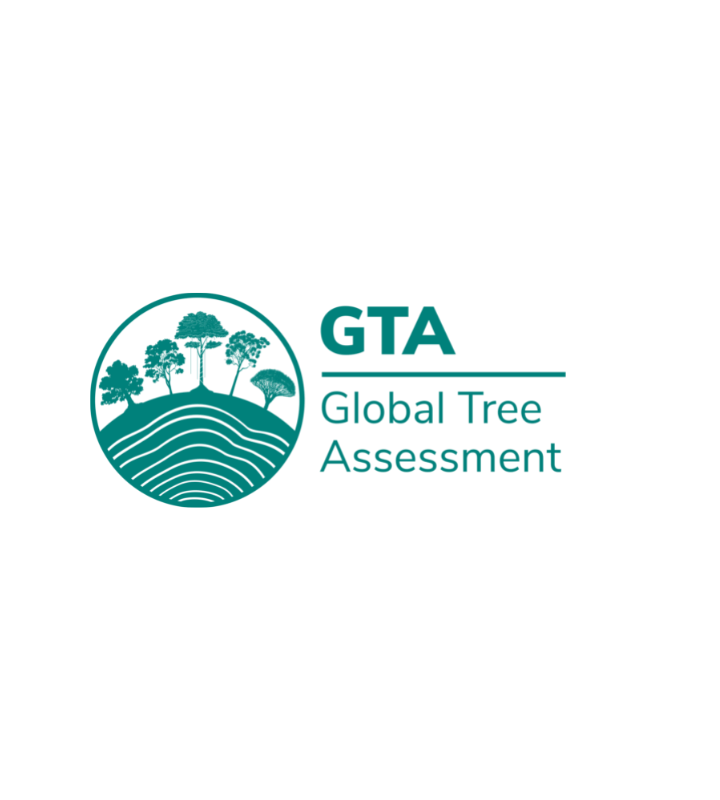
-
Status of project
Ongoing -
Region
Global -
Topic
Conservation Prioritisation
State of the World’s Trees Report
Through the Global Tree Assessment, intensive research has been undertaken over the past five years to compile extinction risk information on the 58,497 tree species worldwide. We now know that 30% of tree species are threatened with extinction, and at least 142 tree species are recorded as extinct. The main threats to tree species are forest clearance and other forms of habitat loss, direct exploitation for timber and other products and the spread of invasive pests and diseases. Climate change is also having a clearly measurable impact.
The detailed tree species information used to compile this report is now available on the GlobalTree Portal, a new major tool to support forestry, biodiversity conservation and climate change policy and action for tree species.
The Global Tree Assessment has been made possible over the past five years by a global network of over 60 institutional partners and over 500 experts. Find the full list of contributors in the report.
This report summarises the conservation measures already in place for tree species: over two-thirds of tree species are recorded in at least one protected area and about a third of tree species are found in botanic gardens or seed banks. Nevertheless it calls for a new focus in planning and carrying out biodiversity conservation and ecosystem restoration, recognising the global importance of tree species. It identifies the regions where further action is needed. It provides recommendations for urgent action and calls for a new coalition to facilitate the resourcing and expertise required.
It is crucial that we use the information now available to manage, conserve and restore threatened tree species and tree diversity. This will prevent extinction of trees and the associated plants, animals and fungi that depend on them, sustain livelihoods and ensure the ecological health of the planet.
Recent News on the Global Tree Assessment
Background
The Global Tree Assessment was launched in 2015 in recognition of the poor understanding of the conservation status of the world’s tree species, limiting the conservation action that can be taken towards saving threatened species. The initiative is coordinated by BGCI and the IUCN Species Survival Commission Global Tree Specialist Group (IUCN-SSC GTSG) and acts as a continuation and expansion of the red list activities undertaken by the two groups over the last 20 years.
Before the Global Tree Assessment was established, the total number of global tree species was not known, nor did we know where these tree species occur. Also, less than 10,000 species of tree were assessed for the IUCN Red List. With nearly 60,000 known tree species, the Global Tree Assessment is the largest biodiversity assessment ever undertaken at a species level.
Progress
Since the Global Tree Assessment began, we have launched GlobalTreeSearch which identified all the world’s trees (nearly 60,000 species) and their country level distributions. We also launched ThreatSearch, which consists of all currently available conservation assessments for trees at national, regional and global level. These two databases are useful tools to look up tree species, their distribution and any conservation assessment they may have. They are also used as tracking tools for the Global Tree Assessment, monitoring progress towards the goal by showing which tree species do or do not have a global conservation assessment.
Our latest analysis (12/12/2023) shows that over 84% of all trees have a published conservation assessment. This includes all known published tree conservation assessments as listed on ThreatSearch which includes all tree assessments found on the IUCN Red List of Threatened Species (41,444 assessments).
The Global Tree Assessment has also designed and implemented a rapid assessment methodology for trees of low conservation concern (Least Concern) which are widespread, occurring in multiple countries and well known in botanical collections. Efficiently producing assessments for these trees allows more time to complete assessments for threatened species.
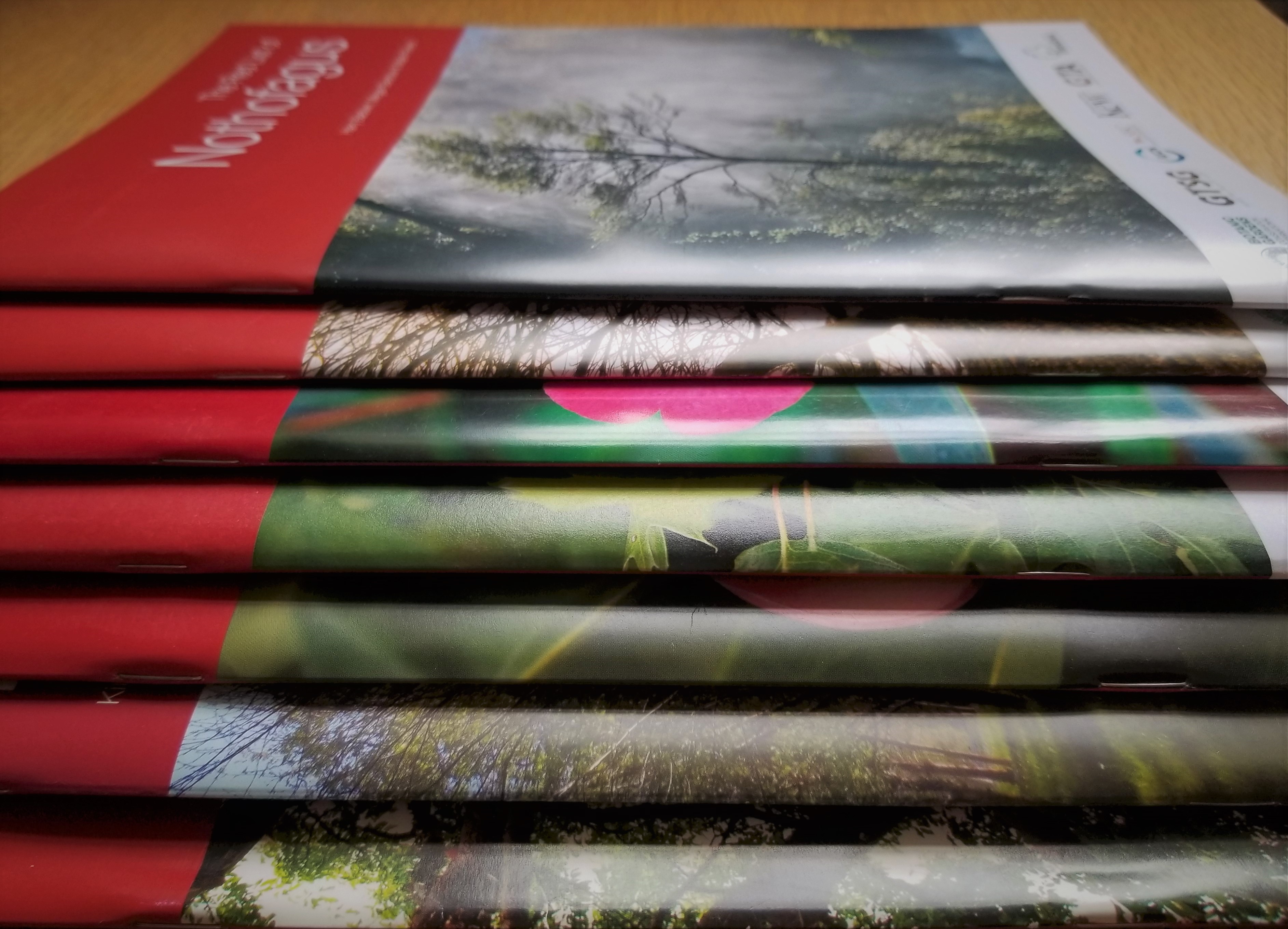
Activities
The Global Tree Assessment is a collaborative process. We are working with a variety of botanical institutions, national red listing programmes and tree specialists across the globe to produce conservation assessments for trees. We have established partnerships with government agencies and NGOs in Madagascar, Papua New Guinea, Malaysia, Indonesia, Brazil, Colombia and Costa Rica to produce conservation assessments for endemic trees in these highly diverse regions. We are supporting taxonomic experts producing assessments for large tree families such as Lauraceae, Lamiaceae and Annonaceae. We have prioritised the assessment of commercially utilised timber species, in collaboration with the IUCN Red List Unit. We are also working with other IUCN Red List specialist groups and plant authorities to increase their output of tree assessments.
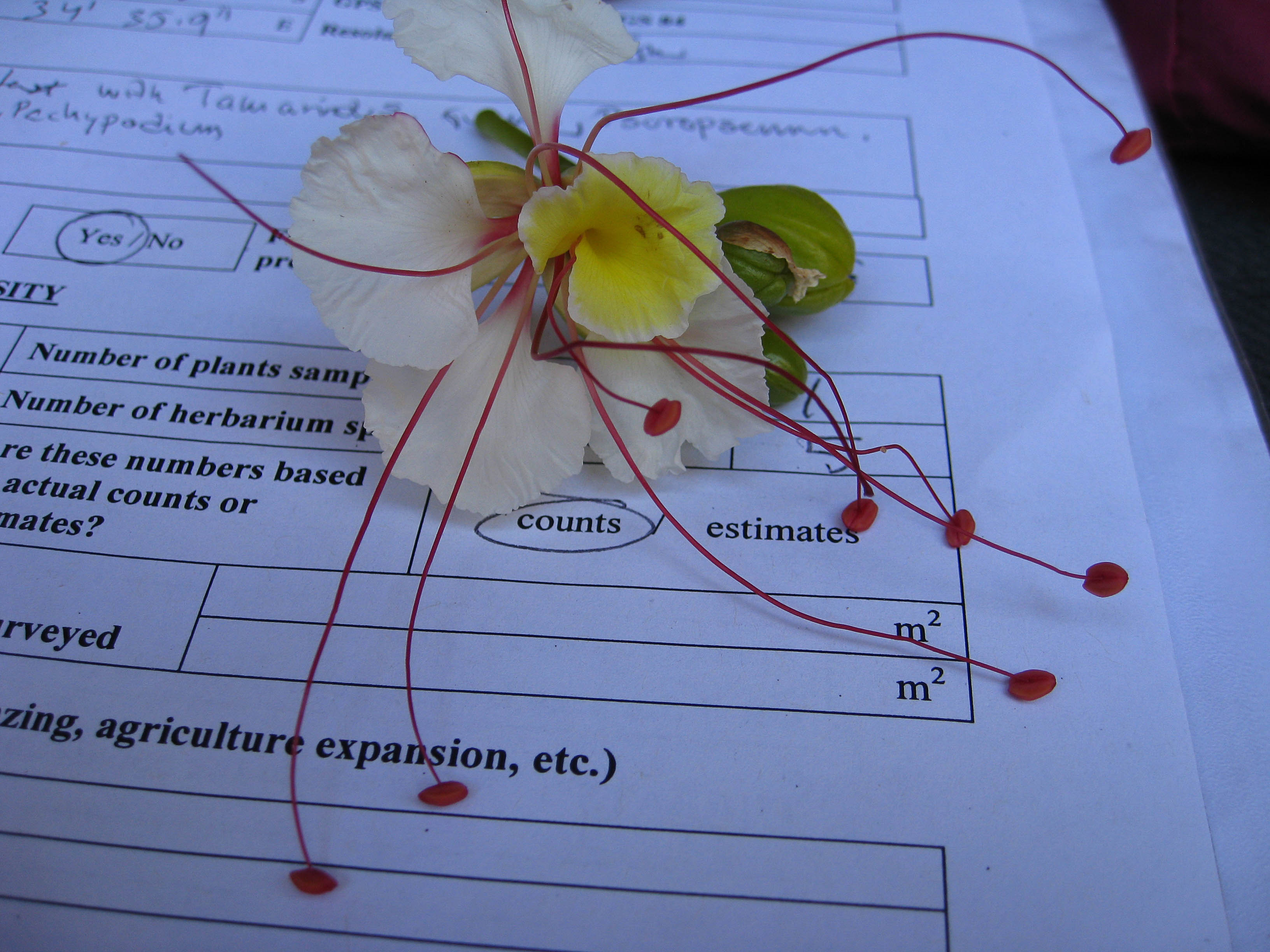
The Global Tree Assessment is essential in the wake of our current biodiversity crisis. Producing conservation assessments for all the world’s tree species will enable the identification of the world’s most threatened tree species prioritising them for greater conservation action. It will also inform national, regional and international conservation planning. Conservation assessments raise awareness of the need to protect tree species and forests for their ecological, cultural and economic benefit.
Donors
The Global Tree Assessment has been funded by a wide range of donors, including Fondation Franklinia, The Critical Ecosystem Partnership Fund (CEPF), Toyota/IUCN, Japanese Biodiversity Fund/CBD, Keidandren Nature Conservation Fund, The Mohamed bin Zayed Species Conservation Fund, EU-Life, St Andrews University, Rothschild Foundation and The Rufford Foundation.
